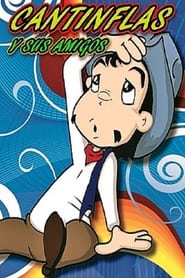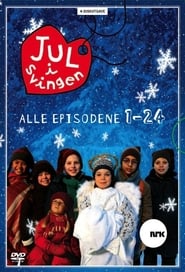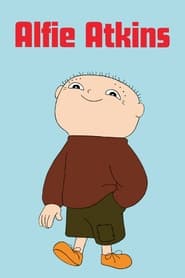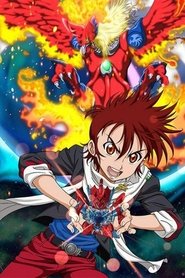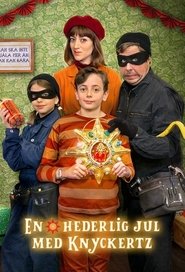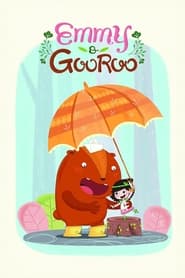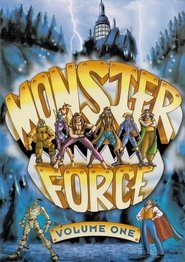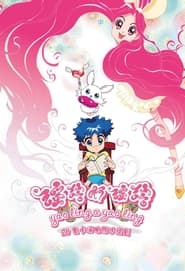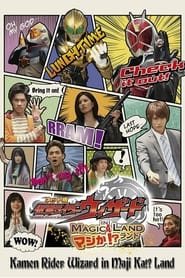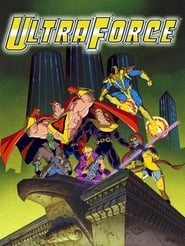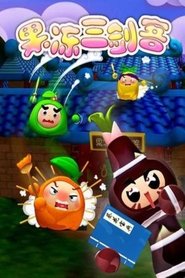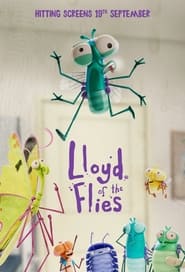Kids TV Series - Page 117
-
Zlatá brána
1969
Zlatá brána
1969
-
Jul i Svingen
2006
Jul i Svingen
2006
star 7.7There is a lot going on in Svingen in December, some things are quite common Christmas traditions, while others are a little more special. The children celebrate Lucia Day, the annual ski relay takes place, there is a competition to find the most beautiful Christmas tree, huge quantities of gingerbread are baked, the children go caroling, they rescue a fox that has been hit by a car, and they build a snow castle and end up in a real fight with the Sletta gang. -
Kumarba
2024
Kumarba
2024
-
Alfie Atkins
1979
Alfie Atkins
1979
star 5.5Alfie Atkins is a pretty ordinary guy who lives with his father. When he was younger he had an imaginary friend named Malcolm that only Alfie could see. Later on he finds real friends such as Milla and Victor. He also has a cat named Puzzle. -
B-Daman Fireblast
2012
-
En hederlig jul med Knyckertz
2021
star 4.5The Knyckertz family are thieves who enjoy taking other people's things. But Ture, their son, is different. He doesn't like stealing. He can't even lie! -
艾米咕噜
2017
艾米咕噜
2017
-
Princess Doremi
2021
Princess Doremi
2021
-
Monster Force
1994
Monster Force
1994
star 8.2Monster Force was a 13-episode animated television series created in 1994 by Universal Cartoon Studios and Canadian studio Lacewood Productions. The story is set in approx. 2020 and centers on a group of teenagers who, with help of high tech weaponry, fight off against classic Universal Monsters and spiritual beings threatening humanity. Some of the crew have personal vendettas, while others fight for Mankind out of a sense of altruism. Universal Studios Home Entertainment will release the first seven episodes to DVD on September 15, 2009. -
Random and Whacky
2017
Random and Whacky
2017
Random and Whacky is a comedy series based on the problems faced by kids. Random and Whacky isn't just the title of the show, it's the name of the top-secret agency that attempts to solve these problems with ludicrous solutions. They provide advice you would never hear from a parent, teacher or "responsible" adult. Their solutions may not work, but they will be hilarious. At the start of every episode the Random and Whacky team assemble in a classified location. The Random and Whacky agents gain access with the use of their unique insignias. Once inside a high tech lab suddenly materialises around them, with video screens, holographic projectors, alien computers, gizmo's and gadgets James Bond could only dream of. -
Groundling Marsh
1995
Groundling Marsh
1995
Groundling Marsh was a Canadian children's television series featuring puppets. The show was produced by Portfolio Film & Television Inc., Children's Television Workshop and J.A. Delmage Productions. It included songs and animated segments, and enjoyed a certain amount of success and popularity at during its time. The only merchandise produced for the show were videos and they are now exceptionally rare and no longer produced. In the United States, it aired on PBS and the Disney Channel. It received funding from the International Production Fund, formerly the Maclean Hunter Television Fund. This series premiered October 1, 1995. Groundling Marsh was nominated at the 12th Annual Gemini Awards for Best Preschool Program or Series. John Pattison was also nominated for a Gemini for the episode "Bah Hegdish". The show had its series finale on November 28, 1997. The show is still seen on Bell Media-owned educational station CTV Two Alberta in Canada. -
儿歌点点手指摇
2022
-
Wild About Safety with Timon & Pumbaa
2008
star 5Disney's Wild About Safety is an educational series that features short films that were produced by Disney Educational Productions, Duck Studios, and Underwriters' Laboratories. -
Hey Yo Yorang
2003
Hey Yo Yorang
2003
star 8Yorang, a fox living in heaven, is banished to the Earth to find the book of wishes, which she had lost while working as a librarian. The lost book has the power to unseal the demon, and now heaven is in the great danger. Yorang comes down to the Earth to find the book of wishes, and there is only one year of time given to her. The only clue that is to be found is that the form of the book was changed while falling to the ground. -
蓝猫淘气3000问之太空历险记
2005
蓝猫淘气3000问之太空历险记
2005
-
Kamen Rider Wizard in Magic Land Seriously!?
2013
To promote the film, Toei is releasing a series of online shorts titled Kamen Rider Wizard in Magica Land (ネット版 仮面ライダーウィザード イン マジか!?ランド, Netto-ban Kamen Raidā Wizādo In Maji ka!? Rando, (マジか!?, Maji ka!?) means "Really!?"), featuring several unbelievable stories. The Kamen Rider Cops (仮面ライダー刑事(デカ), Kamen Raidā Deka) films feature past Kamen Riders as part of Rinko's police force. The Kamen Rider Mage (仮面ライダーメイジ, Kamen Raidā Meiji) films feature Shunpei as the hero. The Search for Magic Riders! (魔法ライダーを探せ!, Mahō Raidā o Sagase!) looks at past mystically-themed Kamen Riders. The Koyomi's Room: Premium (コヨミの部屋・プレミアム, Koyomi no Heya Puremiamu) films show Koyomi's various interests outside of helping Haruto. -
UltraForce
1995
UltraForce
1995
star 6Superheroes are commissioned by the U.S. government to protect the world from their terrorist counterparts, who have evil plans to take over. -
果冻三剑客
2007
-
Lloyd of the Flies
2022
Lloyd of the Flies
2022
The series follows the adventures of Lloyd B Fly, a housefly and the middle child of 451. Lloyd lives with his parents, his little sister PB and their 224 maggot siblings inside a compost bin they call home. In the series, Lloyd and PB are usually accompanied by Lloyd’s best friend, Abacus Woodlouse, and eccentric tag-along, Cornea Butterfly. Together they explore the strange world beyond the compost bin, where there is no shortage of lessons for Lloyd to very nearly learn.
